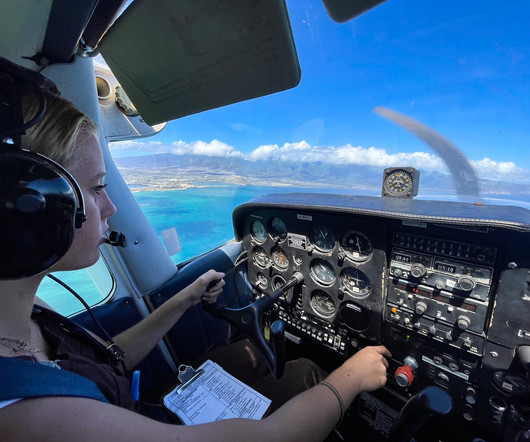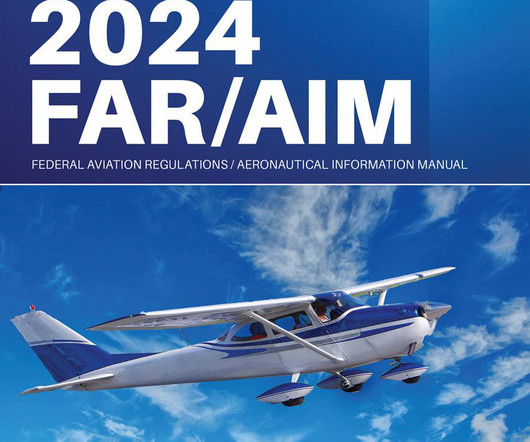How To Talk To ATC: A Pilot's Guide to Effective Communication
Northstar VFR
MAY 9, 2024
It was for me, especially when I had to fly to a towered field and talk to Air Traffic Control (ATC). Utilize the Aeronautical Information Manual: Study the AIM Chapter 4, Section 2 – “Radio Communication Phraseology and Techniques.” Air traffic controllers are generally very patient with student pilots.
















Let's personalize your content